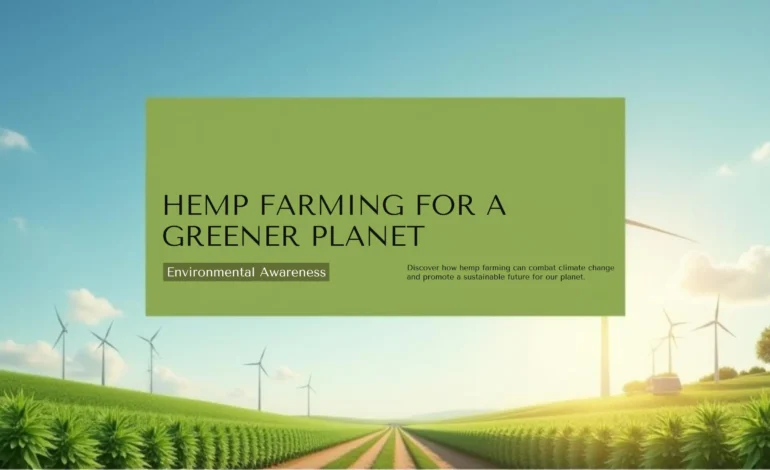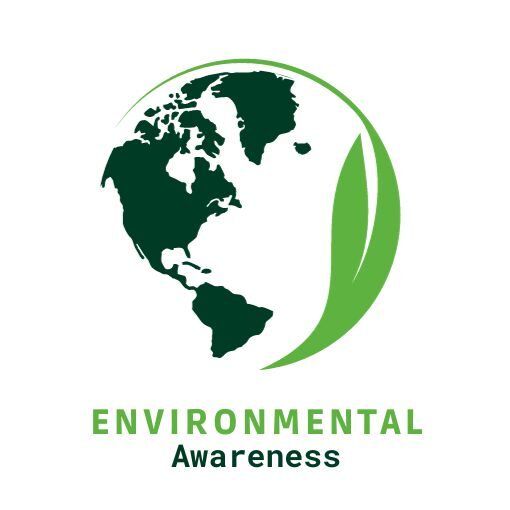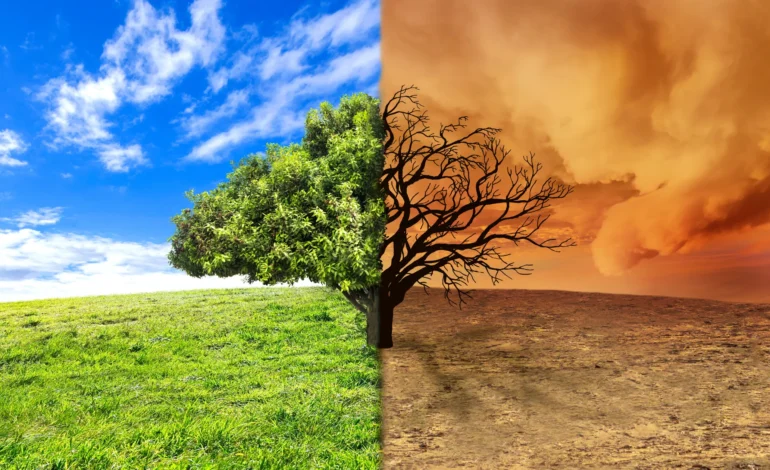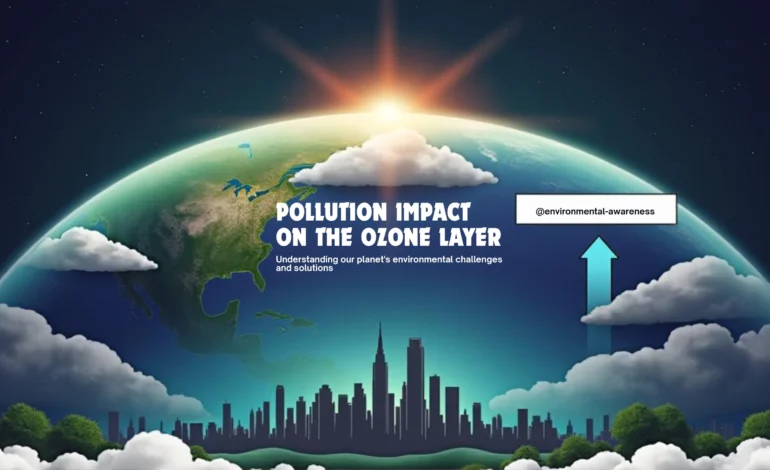
Hemp Farming and Climate Change Solution for a Greener Planet
Hemp Farming for a Greener Climate
Let’s know about Hemp Climate Change and how hemp farming can combat climate change for a greener planet. Climate conditions have always played a crucial role in the farming sector and the agricultural periphery. In the era of combating climate change, great solutions and redefining phenomena focus on the transition from fossil to renewable energy to improve farming practices, and restoring natural phenomena with carbon-sinking plants.
In this journey of cultivating the crops, the most potent solution that lies in front of all the agriculturists is the hemp solution. Growing hemp is an exponential history with time immemorial. It is one of the friendly resources on the planet that could play a significant role in addressing the growing climate emission crisis.
Climate shift or change refers to the transition of the global phenomenon, a climate change pattern, which is primarily caused by human interference, such as burning fossil fuels. Coal, oil, petroleum, and natural gas. All activities release CO2 from the atmosphere, which creates an imbalance.
The CO2 is released through processes like decomposition. The problem takes place when the carbon is released when the carbon is discharged by forests, wetlands, and other natmal carbon sinks.
Hemp is considered a natural purifier because of its remarkable abilities to sink c02 from the atmosphere and act as a CO2 absorber. During its entire growth, hemp sequesters CO2 in the soil, effectively storing it through its life process. Hemp absorbs around four times more CO2 than trees. One acre of hemp can remove up to 10 tons of carbon from the atmosphere. This makes it a most powerful tool in reducing the atmospheric carbon level.
Hemp grows rapidly, reaching maturity in just months. They are known for emitting a large amount of CO2 during production. Hemp is said to produce 200-250% more fiber on the same land, which makes it more efficient. Hemp grows rapidly, reaching maturity in just 4 months. These are notorious for emitting large amounts of CO2 during production.
This makes hemp more innovative for agricultural practices and helps in regenerating the soil health and soil structure.
THE PROCESS OF CARBON SEQUESTRATION
It is the process of storing carbon in leaves, plants, deep-penetrating soil, and the ocean. Carbon sequestration occurs naturally and as a result of anthropocentric activities, which refers to the storage of carbon that holds the potential of transforming CO2.
This process and technique of carbon sequestration is a naturally occurring process that is a part of the carbon cycle. There are two main parts of carbon sequestration: one is biological, also called biosequestration, and the other is geologic.
CO2 is naturally observed in the atmosphere in biological, chemical, and physical processes. This process of carbonating can be applied in the land use pattern and agricultural practices, called carbon farming. This approach is known as carbon capture and storage. The process of carbon sequestration acts as a carbon sink, which helps to mitigate climate change. It helps to slow the accumulation of greenhouse gas. Which is CO2 which are released by burning fossil fuels?
Carbon sequestration is the storage of carbon. The carbon storage techniques are formalized, which dig deep into the geological formation.
30% of the CO2 emitted from burning fossil fuels is absorbed by the upper layer of the ocean, which raises the water activity.
THE USEFULNESS OF SUSTAINABLE CROPS:
Sustainable crop management is one of the pillars of climate-smart agricultural CSA. There is a wide range of crop production, which can be adjusted through crop varietal selection, which could help in plant breeding and ecosystem management approaches. Crop production can contribute to mitigating climate change by reducing the use of fertilizers and avoiding soil compaction, which reduces emissions and sequesters carbon.
Sustainable crops are grown and cultivated using practices that prioritize environmental upliftment and maintenance of a stable balance, promote economic viability, and social equity, ensuring that the current farming system can meet current and future food requirements without compromising the ecosystem.
Sustainable crop refers to agricultural products cultivated through different methods that maintain a healthy environment, which promotes social equity. This approach impacts negatively on the ecosystem, which ensures food security for the present and future generations.
Sustainable agriculture emphasizes the relevance of biodiversity, which promotes the importance of biodiversity. The sustainable crop management enhances water management techniques, using drip irrigation, which minimizes water usage and ensures the crop develops in adequate moisture depletion of water resources.
Sustainable farming aims to minimize the use of fertilizers and pesticides, or breed for their ability to sustain the climate.
THE DIFFERENT CLIMATE SOLUTION :
Climate change may have a devastating effect on the planet. The extreme weather events causing thousands of deaths around the world are due to greenhouse gases, which create environmental issues. In the long term, air pollution has been linked to cancer, heart disease, stroke, and asthma.
The main climate solution lies in climate conditions, which help in reducing greenhouse gas emissions.
1. Move to a vegan diet :
As there is a population rise in the recent data, and is estimated to rise by 50% agriculture occupies about half of the land. The global production of food is releasing 30 % of greenhouse gas.
2. Reducing food waste:
Consumers need to be made aware of the food wastage. As agricultural waste produces most of the greenhouse gas emissions, food waste is the greatest reason for drastic disturbances in the ecological balance.
Also read: Green Building Technologies: Designing Energy-Efficient and Eco-Friendly Structures
CONCLUSION:
In the era of global warming, the climate has become a major problem for people all over the world. It is been drawing attention of the entire community, it may result in the extinction of numerous species around the world.
Regulations have been imposed in places that bind green production practices, limiting the emission of CO2 from renewable resources. Hemp has been cultivated for ages and is treated as a raw material.
Hemp is seen as a valuable option for planting in agroforestry, which helps in the process of carbon sequestration.





